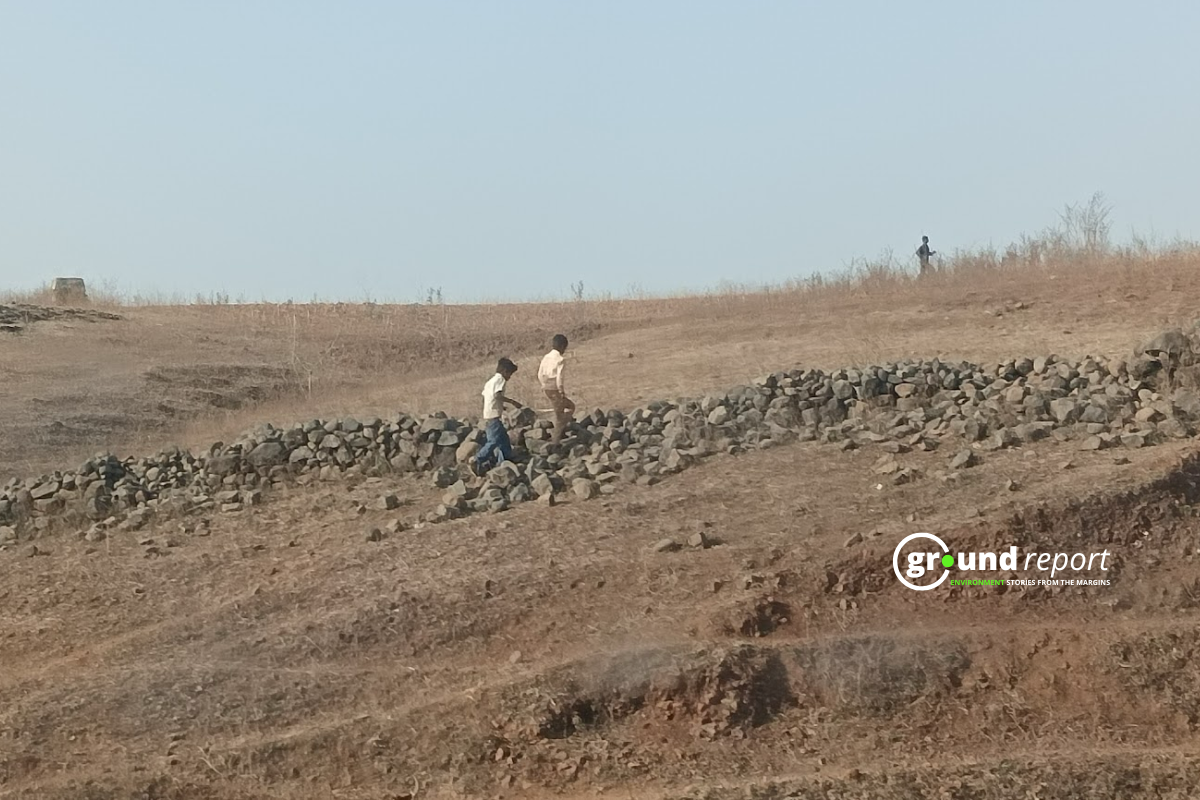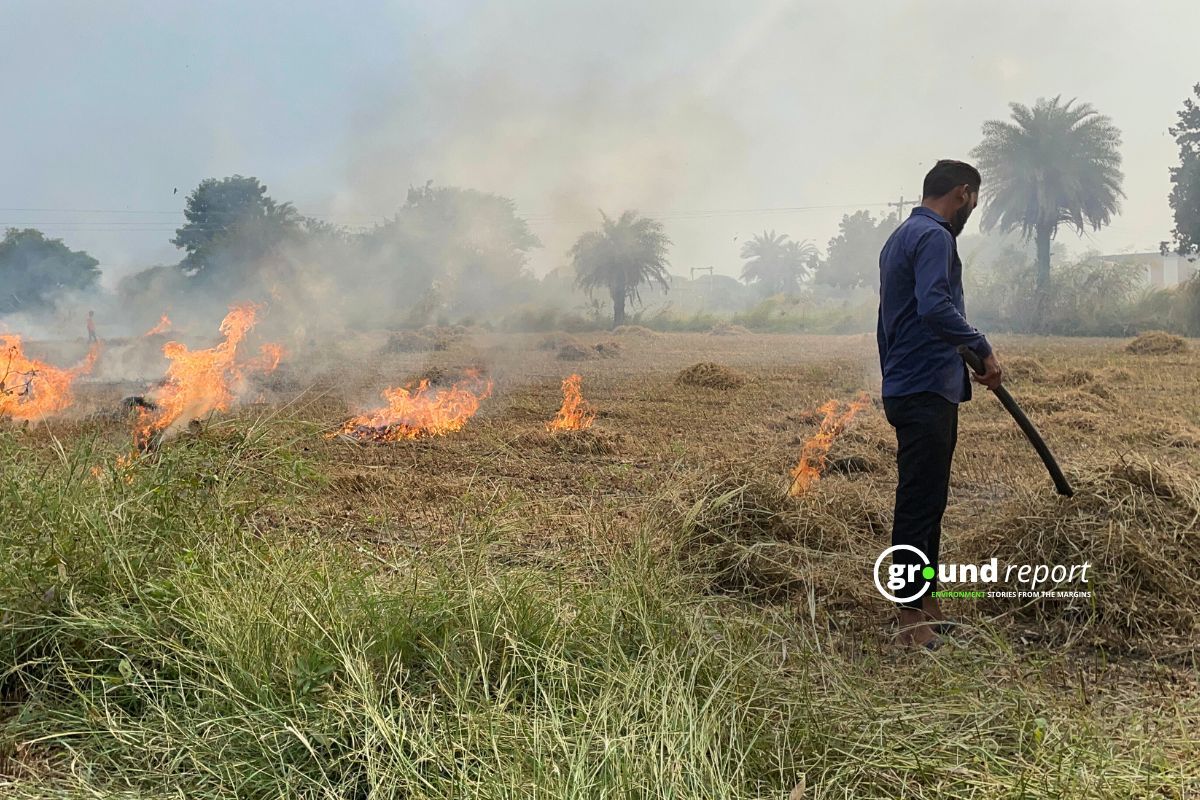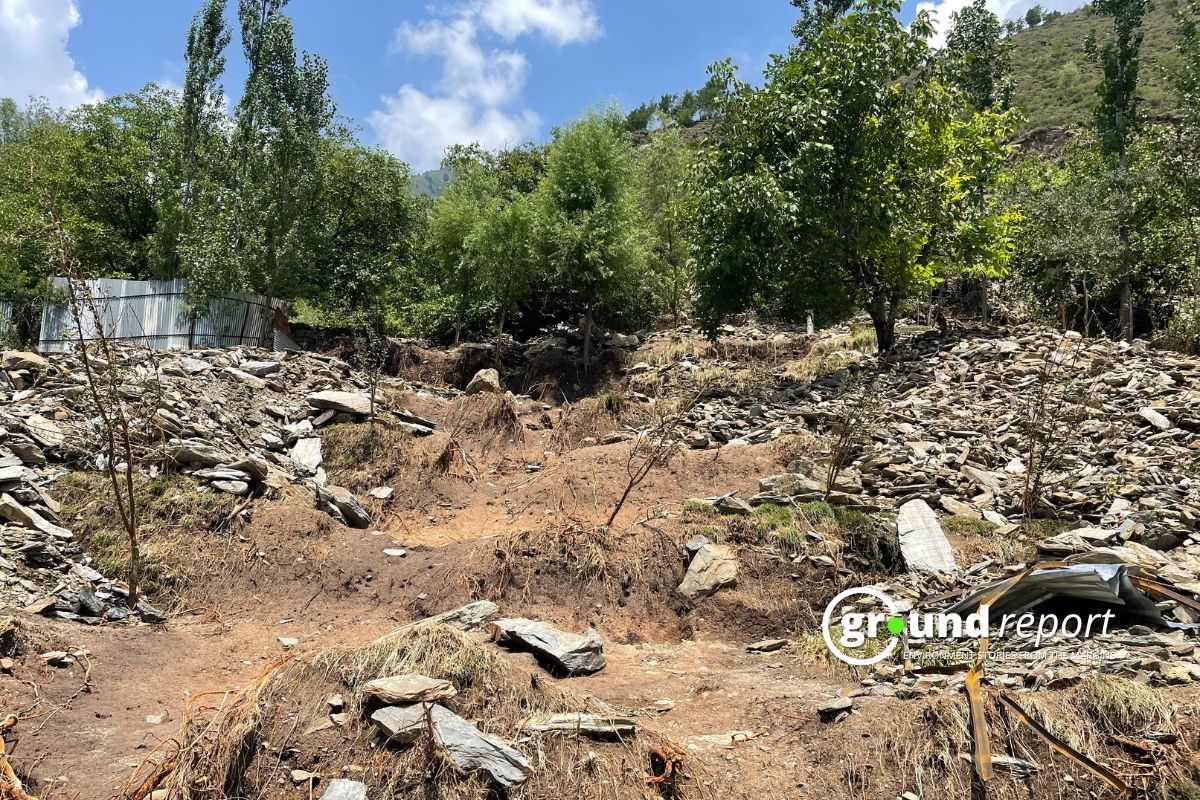Taragarh village in Jaisalmer is buzzing with speculation following a geological event. During borewell drilling, a sudden eruption of water and gas startled locals and ignited claims of rediscovering the ancient Saraswati River. Known as a sacred river in Indian mythology, the Saraswati is thought to have vanished beneath the desert sands thousands of years ago.
The discovery has sparked curiosity, cultural revival, and scientific debate. While social media users call it a miraculous return of the Saraswati, experts and local authorities are approaching the matter cautiously. The incident has captured the nation’s imagination but raises questions about separating myth from scientific reality.
After so many Shiv lingas and other temples getting revealed from underground it is the turn of the mighty Saraswati river to rise
It has been believed that Maa Saraswati went underground due to a technical shift
As per lots of researchers, the Saraswati river basin was the… pic.twitter.com/cIR7E97Rji
— Guru Samy (@WellSaidGuru) December 28, 2024
What’s the claim?
The event has sparked claims that the water in Taragarh belongs to the ancient Saraswati River. Viral videos show a tractor sunk into the ground and water gushing upwards, reinforcing these beliefs. Many social media posts suggest this is proof of the Saraswati River’s long-lost path being uncovered.
The Saraswati River is deeply rooted in Indian history and mythology. As mentioned in the Rigveda, it is described as a divine river flowing from the Himalayas to the Arabian Sea. Scholars say it disappeared around 1900 BCE, likely due to tectonic shifts or climate changes. Researchers and archaeologists have searched for its traces for decades, using satellite imagery and sediment studies to reconstruct its ancient course.
Supporters of the Saraswati narrative cite previous findings, such palaeochannels and sediment analysis in Rajasthan and Gujarat, as evidence that the river existed and may still flow underground. They argue that Taragarh’s incident could be part of this ongoing mystery.
The locals are excited. Farmers and residents see this event as more than a geological occurrence; it symbolizes cultural and spiritual revival. Many have gathered at the site to witness what they believe is a historically significant sign, adding to the fervor surrounding the claim.
What’s the truth?
Experts urge caution, emphasising that linking the water eruption to the Saraswati River is premature. Groundwater scientist Dr. Narayan Das Inkhaiya, who examined the site, attributes the phenomenon to an artesian condition. This occurs when a pressurised aquifer beneath a thick sandstone and clay layer is punctured, causing water to flow upwards. While striking, such occurrences are not unique and have been documented in the Mohangarh region before.
According to Patrika News, historical records and geological surveys complicate the narrative. The Saraswati’s hypothesised path lies west of Jaisalmer, making it unlikely that the Taragarh water directly connects to the river. Scientists stress that isotopic analysis, hydrogeological mapping, and satellite data are necessary to confirm such claims.
रहस्यमय घटना 🔥🔥
राजस्थान के जैसलमेर जिले में बोरवेल खोदते समय अचानक जमीन से पानी की धारा निकलने लगी।
वैज्ञानिक पहले ही दावा कर चुके हैं कि हजारों साल पहले सरस्वती नदी राजस्थान के रेगिस्तान से होकर बहती थी।
वैज्ञानिकों ने कहा है कि “सरस्वती नदी का एक विशाल जल भंडार अभी भी… pic.twitter.com/U9ZM0RAxVV— Param Choudhary (@Param_117) December 28, 2024
Officials from the Oil and Natural Gas Corporation (ONGC) examined the site and ruled out harmful gases, but found no evidence supporting the Saraswati theory. Local authorities have evacuated a 500-meter radius around the area as a safety measure, indicating the incident is treated as a geological event rather than a historical discovery.
While the Taragarh incident has reignited interest in the Saraswati River, the scientific community remains cautious. The water eruption is a unique, but attributing it to the Saraswati without concrete evidence is speculative.
Support us to keep independent environmental journalism alive in India.
Keep Reading
Watch: Kashmir experiences first snowfall of season after dry spell
Amarnath Yatra: Tackling rising death toll from extreme weather events
Tourists arrival in Kashmir break records, a need to regulate it?
From tourist paradise to waste wasteland: Sindh River Cry for help
Follow Ground Report on X, Instagram and Facebook for environmental and underreported stories from the margins. Give us feedback on our email id greport2018@gmail.com.
Don’t forget to Subscribe to our weekly newsletter, Join our community on WhatsApp, and Follow our YouTube Channel for video stories.









